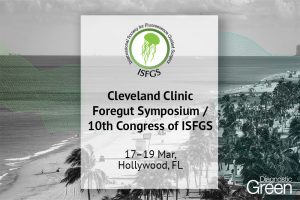Purpose: In liver transplantation (LT) setting, to propose an innovative intraoperative criterion to judge arterial flow abnormality that may lead to early hepatic arterial occlusion, i.e. thrombosis or stenosis, when left untreated and to carry out re-anastomosis.
Patients and methods: After liver graft implantation, and after ensuring that there is no abnormality on the Doppler ultrasound (qualitative and quantitative assessment), we intraoperatively injected indocyanine green dye (ICG, 0.01 mg/Kg) and we quantified the fluorescence signal at the graft pedicle using ImageJ software. From the obtained images of 89 adult patients transplanted in our center between September 2017 and April 2019, we constructed fluorescence intensity curves of the hepatic arterial signal, and examined their relationship with the occurrence of early hepatic arterial occlusion (thrombosis or stenosis).
Results: Early hepatic arterial occlusion occurred in seven patients (7.8%), including three thrombosis and four stenosis. Among various parameters of the flow intensity curve analyzed, the ratio of peak to plateau (RPP) fluorescence intensity and the jagged wave pattern at the plateau phase were closely associated with this dreaded event. By combining RPP at 0.275 and a jagged wave, we best predicted the occurrence of early hepatic arterial occlusion and thrombosis, with sensitivity/specificity of 0.86/0.98 and 1.00/0.94, respectively.
Conclusions: Through a simple composite parameter, indocyanine green fluorescence imaging system is an additional and promising intraoperative modality for identifying transplant recipients at high risk of developing early hepatic arterial occlusion. This tool could assist the surgeon in the decision to redo the anastomosis despite normal Doppler ultrasonography.




